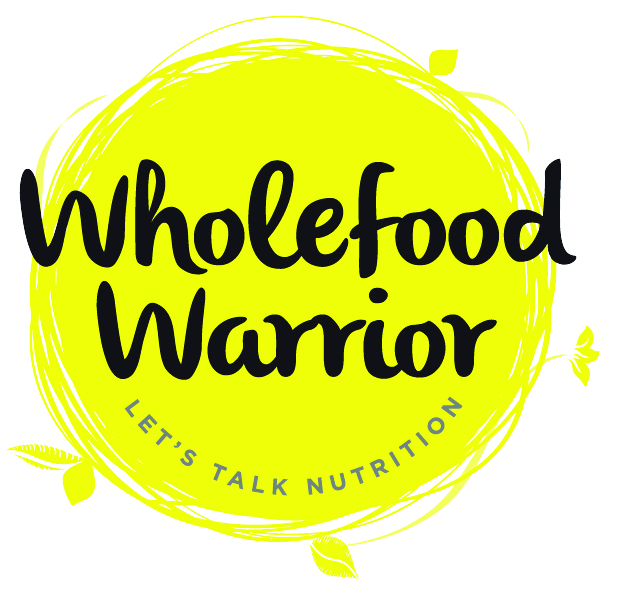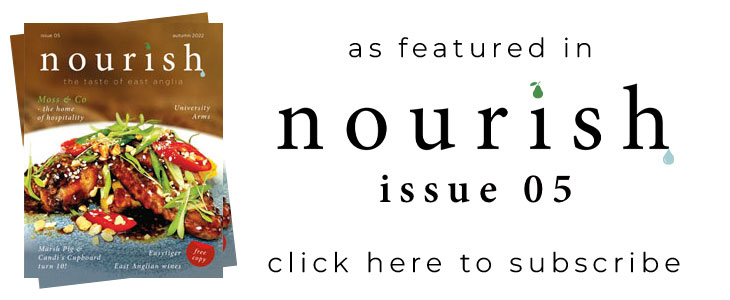BANT registered nutritionist Eva Humphries extols the virtues of eating more game – and how it is a nutrient-rich, sustainable source of protein.
A recent project means I’m currently spending a great deal of my time looking into nutrition for older individuals, especially those in care homes. It’s a complex situation that I can best summarise by saying this: Older individuals need more nutrients from less food.
When I say nutrients, I really do mean nutrients rather than merely calories, and the world of nutrients is a very curious one.
Curious because they are the very things we need to feel amazing every day, but also the things we know the least about.
Indulge me.
If I was to ask you how many calories we need in a day, you’ll likely have a good idea or at the very least could convincingly guess it.
Now let’s do the same test for the recommended daily intake of zinc.
Do you know how much zinc we need in a day? If you know, a mega gold star to you. If you have no idea, then don’t worry – much of our population also doesn’t.
In reality, it’s pretty easy to consume the right number of calories per day, but pretty difficult to get all of the nutrients we need. This little detail is kind of a big deal because there isn’t much point in getting fuel when we feel too worn out to be able to use it.
Get the nutrient levels right, however, and you’ll likely have tonnes of energy.
For care home residents, my focus was to ensure the food provided is super high in vitamins and minerals and contains a lot of protein. All of these variables are problematic for older individuals thanks to reduced appetites, feeling fuller quicker, and a general tendency to want to reach for quick fixes, such as a cuppa and a biscuit as means of an energy boost.
I had to come up with suggestions that meant less food could be consumed, but said food is higher
in nutrients.
It was a challenge, but I think I uncovered something of value to all of us: game.
Game meats such as grouse, pheasant, guinea fowl, venison and rabbit are much better sources of protein than their farmed counterparts and the good news doesn’t even end there.
They also contain more nutrients.
Zinc and selenium, both otherwise hard to obtain nutrients, are much higher in game thanks to the largely wild diet they enjoy.
For the cholesterol conscious among you, you’ll also be pleased to know that game meats are generally much leaner and even contain potentially cholesterol-lowering Omega-3 fatty acids.
For older folk, it meant smaller portions didn’t have to represent fewer nutrients.

On a final note of sustainability, there are very few, if any, sources of meat that tick more boxes. Unlike much of our farmed protein sources, game is still seasonal and helps rather than hinders our natural ecosystems.
The UK game season runs between mid-August to February so now couldn’t be a better time to experience British game. Check out your local butcher, online game supplier or head to a nice restaurant for full effect.
- You can find more of Eva’s work online on www.wholefoodwarrior.co.uk or via social media under @wholefoodwarrior on most platforms.
- click here for a delicious game recipe from Wild and Game










